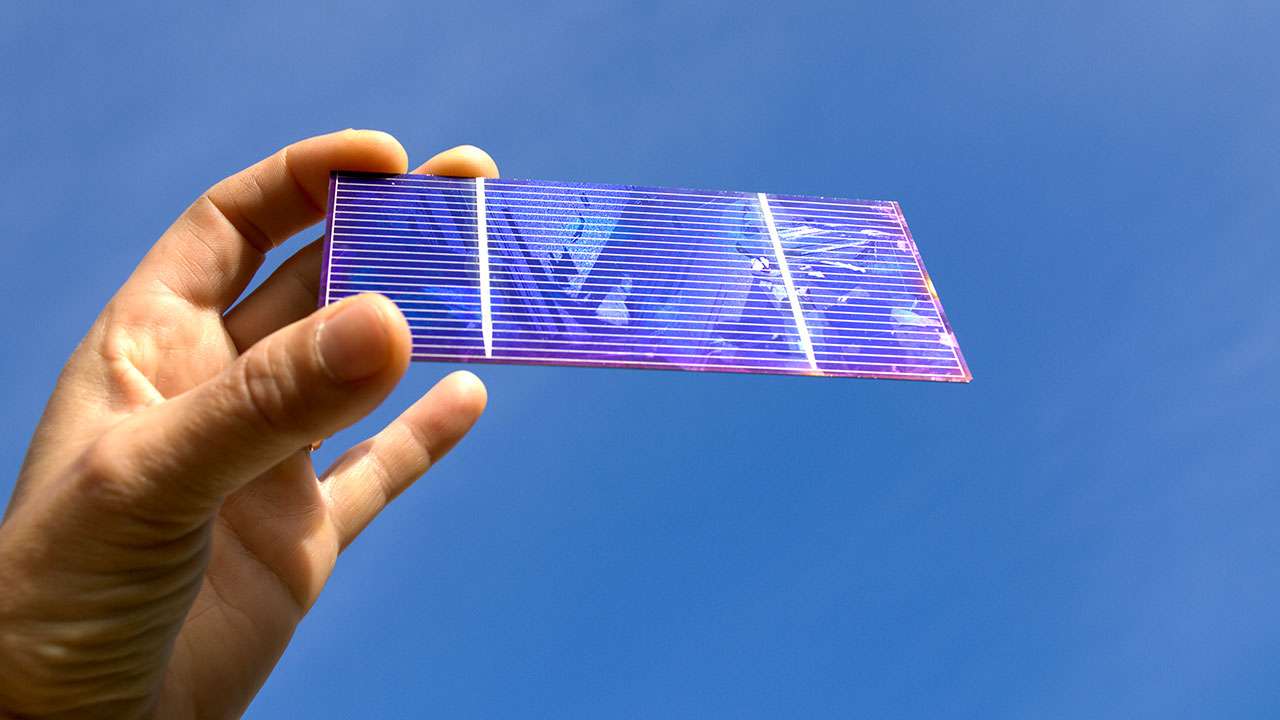The researchers at the Google Brain and MIT have together developed a computational simulator, which can possibly help in predicting that, whether the changes to the design or materials that is going to be improving the performance in the solar energy photovoltaic (PV) cells.
This computational simulator can possibly provide information about which the changes are going to provide the desired improvements, and this cloud has been significantly increasing the rate of discovering the new and improved configuration of the photovoltaic (PV) cells.
Giuseppe Romano, a research scientist at the Institute for Soldier Nanotechnologies of MIT said, the new simulator, which is called as a differentiable solar cell simulator, has been responsible for predicting the efficiency and also showing how much output has been affected by any parameter of the input, and he also said, the simulator can also identify the efficiency of the PV cells if their properties have been completely changed.
Since the advanced solar cells have been often composed of the multiple layers that are interlaced with the conductive materials for the purpose of carrying out the electric charge from one cell to the another cell, and this tool of computation has been revealing how changing the relative thickness of the different layers is going to affect the output of the device.
Giuseppe Romano also said, the traditional solar cell simulators generally have the limited ability and they can only produce the information on the incoming sunlight percentage, which has actually been converted to the electric current.




